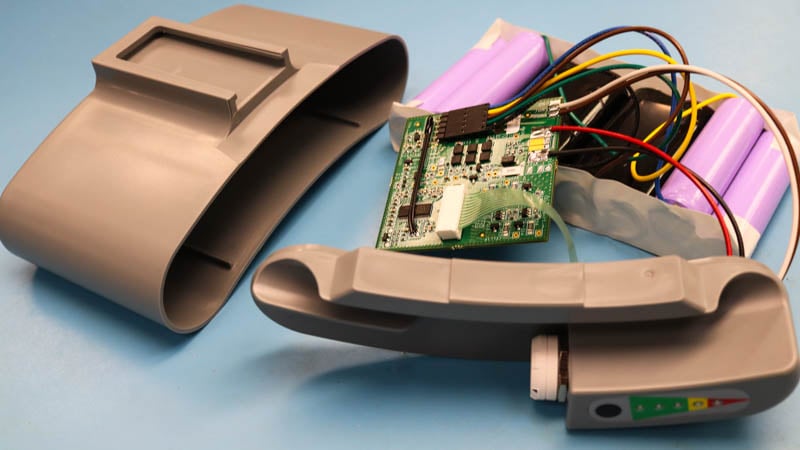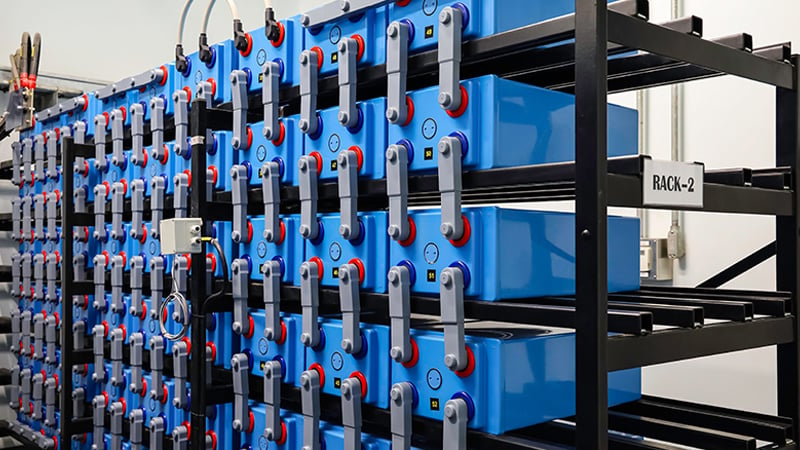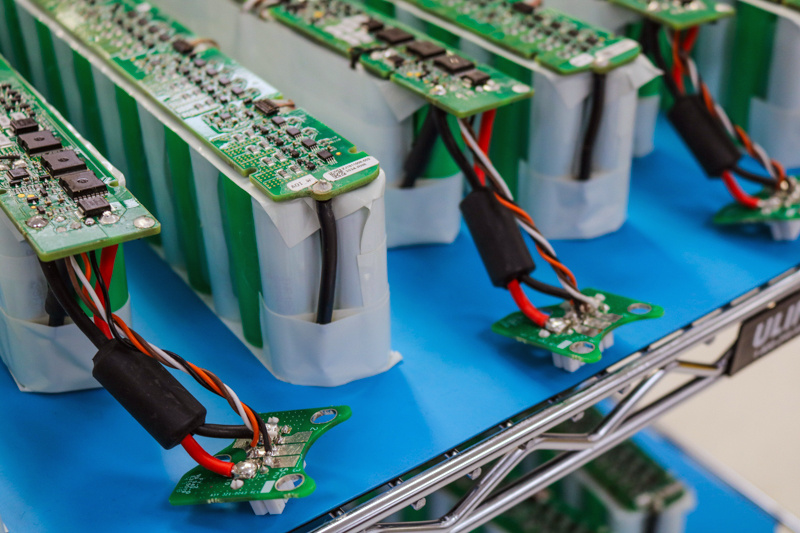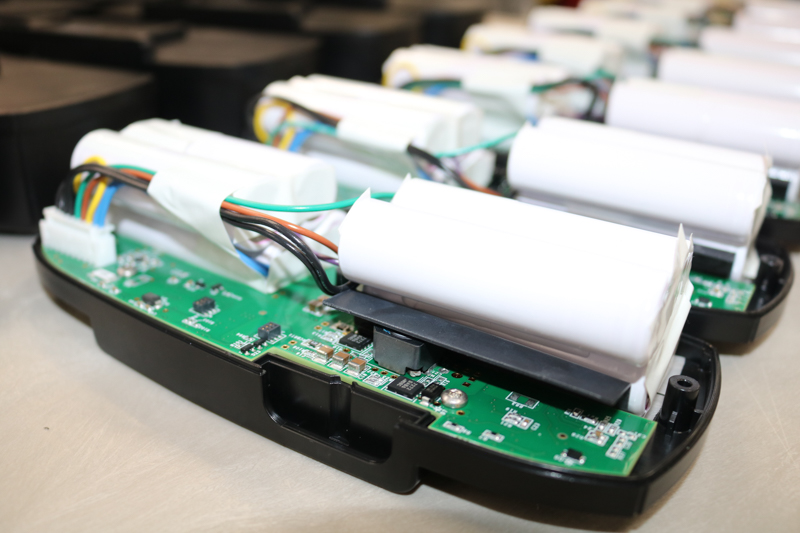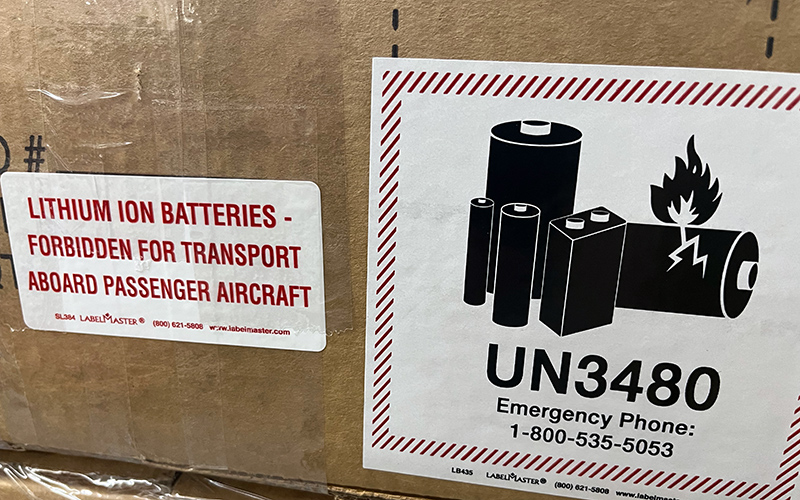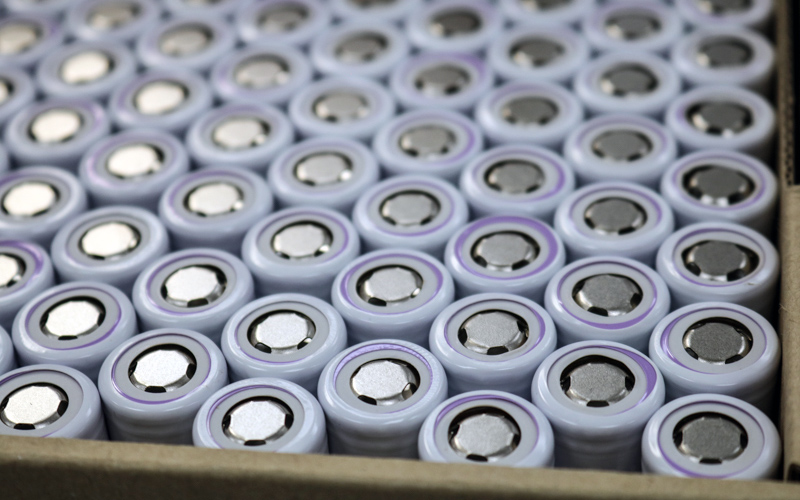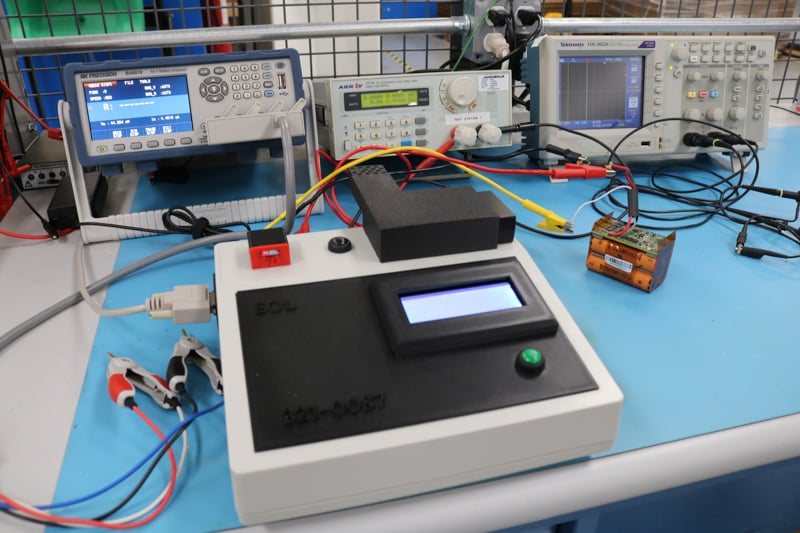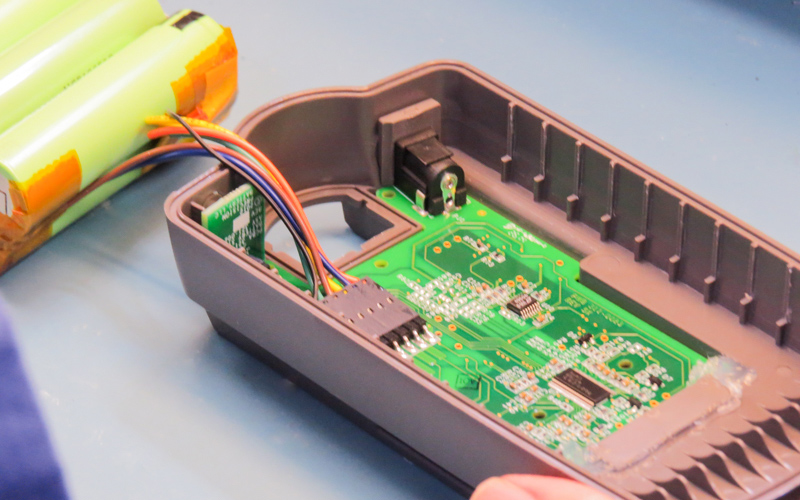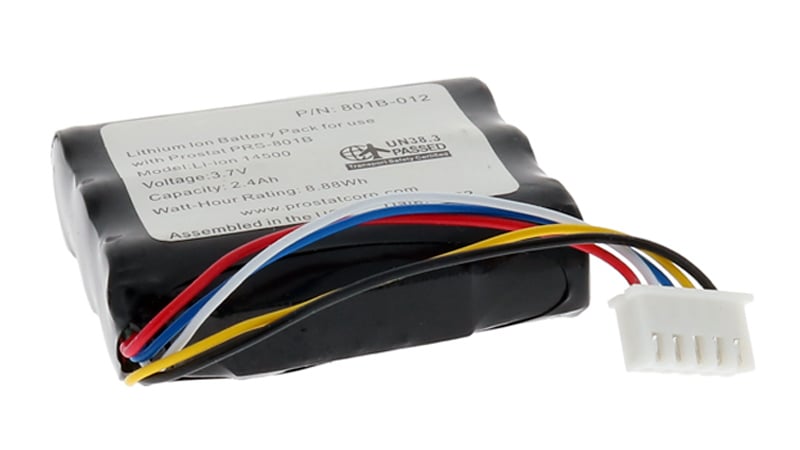Customers clearly understand the power needs of their applications that require a custom battery pack. They may also have narrowed down their choices in battery chemistry, placement of cells in the pack, the form of the cell, and battery management system (BMS) functions. Another important feature to consider is the battery enclosure.
Anton Beck

Recent Posts
Technology has required the need for energy storage devices to become lightweight and small to accommodate a range of devices. These devices need storage devices that can store high amounts of energy that can provide for long periods of time.
Customers who require battery packs for devices have a wide selection to choose from to provide the appropriate amount of power to applications. When selecting a battery pack, choosing a customized design provides you with more control and design freedom when it comes to picking specific materials, charge rates, battery enclosure designs, and capacities.
Custom battery packs charge and discharge at different rates. During these processes, they can generate heat. While a small amount of heat is expected, elevated levels can lead to battery problems. Battery pack operation can also be influenced by environmental temperatures. In addition to being negatively impacted by high temperatures, low temperatures also cause lower battery performance.
Custom lithium batteries bring with them a wide range of different benefits that cannot be ignored. In addition to being known for their light weight, they also offer the highest energy density among available options.
In the realm of custom battery design, two critical parameters stand out: sizing and the C rating. These aspects are fundamental to the performance, longevity, and safety of battery packs, especially in applications demanding specific power requirements and space constraints.
Quality and performance are key considerations during custom battery pack manufacturing. If these factors are overlooked, potential battery issues and low-performing packs may enter the market. They could cause malfunctions and damage to devices, or not offer enough power for devices to perform.
Applications may require custom battery packs when off-the-shelf packs cannot meet their requirements. The battery packs may need to use specific materials or have certain power, charge, or safety feature requirements.
Whether using lithium-ion, nickel-based, or lead acid rechargeable batteries, you want them to last for as long as possible with your devices. Constantly buying new rechargeable batteries is not cost-effective to your budget and may lead to using your devices less.
When powering electronics, toys, and other devices, they may rely on rechargeable batteries to operate. Rechargeable batteries can be used repeatedly to power devices due to their ability to connect to a portable charger or be charged within the connected device. Depending on the battery chemistry, a rechargeable battery may be recharged for 500 cycles to 1,000 cycles before reaching its end of life.


